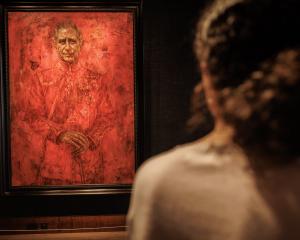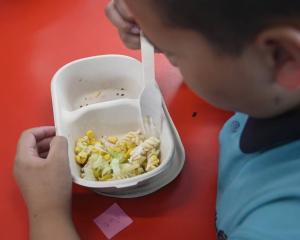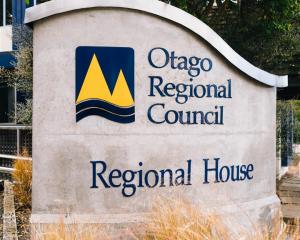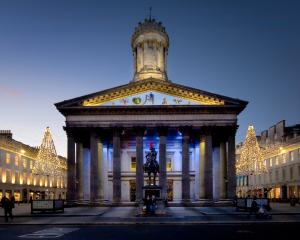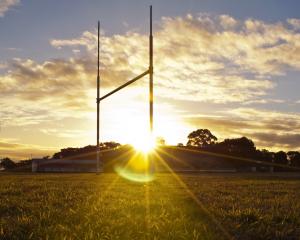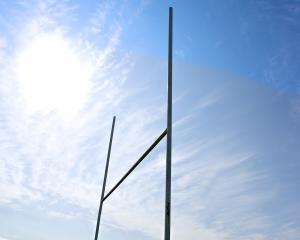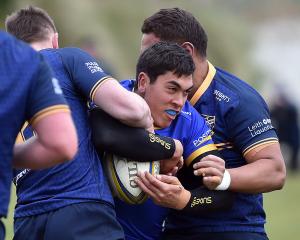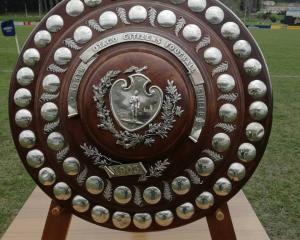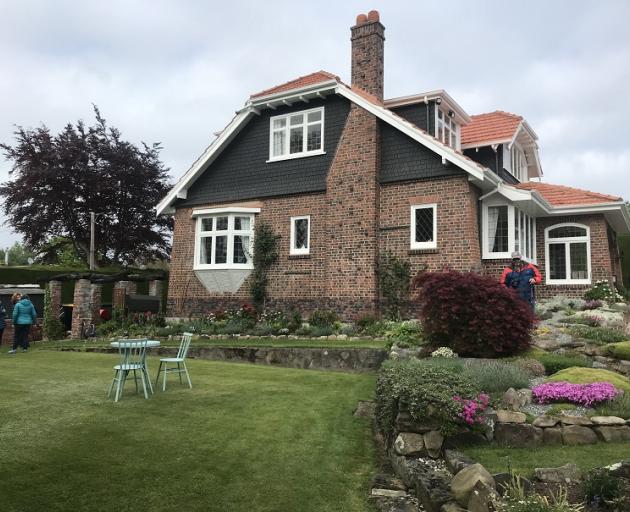
Bannerman Park, in Gore, was named after World War 1 flying ace Ron Bannerman (1890-1978). He was educated at Otago Boys’ High School and the University of Otago, where he studied law before enlisting in 1916 and training to be a pilot, qualifying after just four hours’ actual flying time.
He went to England, joined the Royal Flying Corps and flew numerous missions in one of the notoriously unreliable Sopworth Dolphins. New Zealand’s most successful flying ace, he was awarded a Distinguished Flying Cross (DFC) and bar, and ended the war with the rank of captain.
Back in New Zealand in 1919, he resumed his law career, initially in Dunedin, then in Gore, where he lived until his death.
His time in England engendered a love of the Arts and Craft style and this was the inspiration for his Willis St house, built in 1925.
The property remained in the family with Mr Bannerman’s grandson Ron Hinton and his wife Gaye taking it over six years ago.
This was his grandparents’ "forever house [and] the garden was his real passion", Mr Hinton says.
"Our section is wrapped in a 3metre-high macrocarpa hedge, providing wonderful shelter, privacy and huts and hideouts for three generations of grandchildren, not to mention the local possums," Mrs Hinton says.
Guided by Ron’s memories and a copy of the original landscaping plan, the Hintons undertook restoration of the garden, including opening up the stone pathways.
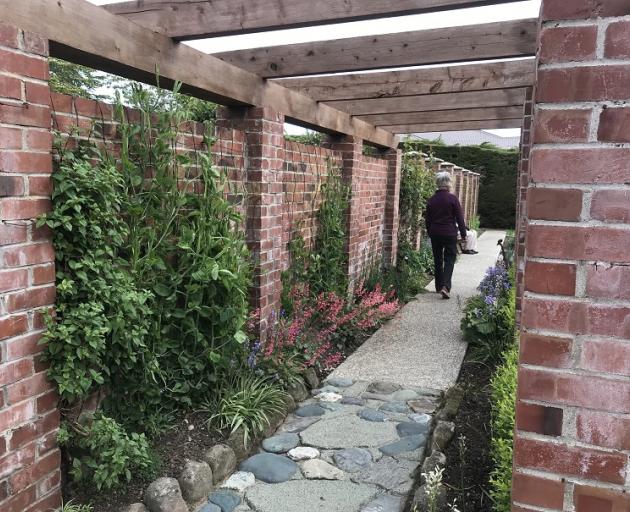
Mr Bannerman’s cedar glasshouse was dilapidated and was replaced with a modern one, made to measure by Dunedin company Christies so its footprint was identical. The original solid back wall with its heat-retaining properties was retained and in the new structure Mr Hinton plants Jersey Benne potatoes on August 1, so they are ready to eat on November 1.
More Jersey Benne spuds are planted outside later, then are joined by two rows of Nadine — "a lovely shaped, very nice white potato" — and four rows of Heather, his main-crop potato choice.
"We’re pretty much self-sufficient in vegetables," he says.
Glasshouse-grown lettuces see them through until December, then more are grown outside and the last batch raised in a cloche.
Elephant garlic is a favourite for its mild flavour and huge cloves, while standard garlic is also grown by the Hintons.
Broccoli and cauliflowers must be harvested before Christmas to avoid the predatory white butterflies. The surplus is blanched and frozen, ensuring ample supplies for the entire year.
Mr Hinton does not spray his vegetables and is concerned at the quantity of chemicals used on commercial crops.
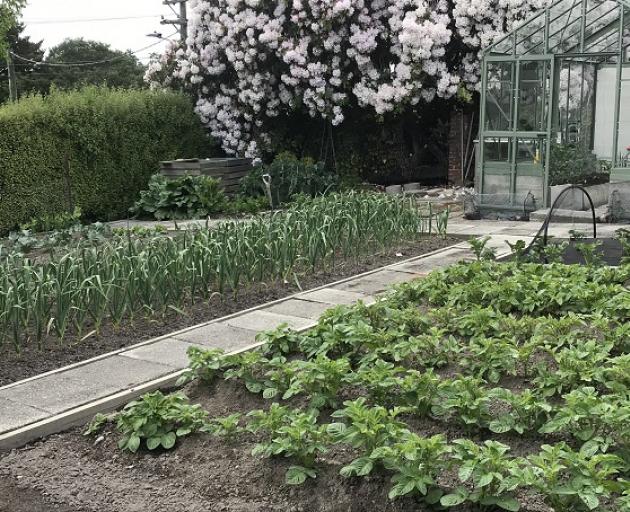
Peas and strawberries are grown just for the couple’s grandchildren, and leeks — planted in January — are a winter favourite with the adults.
The Hintons are "big on tomatoes".
"I grow Beefsteak because my grandfather always grew it, and one slice covered a piece of toast," Mr Hinton says.
Following in Mr Bannerman’s footsteps, he has produced a 610g beauty, and also grows Early Money, using grafted plants, as well as two Sweet 100 that are grown in an arch over the glasshouse doorway.
Between them, the tomatoes yield 60kg-70kg of fruit a season. Surplus is made into soup, sauce, relish and preserved spaghetti, the latter using Mrs Hinton’s family recipe "from three generations back".
The rockeries have been restored using the original stones, while plants were supplied by Hokonui Alpines’ owner Peter Salmond.
"He delivered the plants in person [as] he was so excited about it [the restoration]," Mr Hinton says.
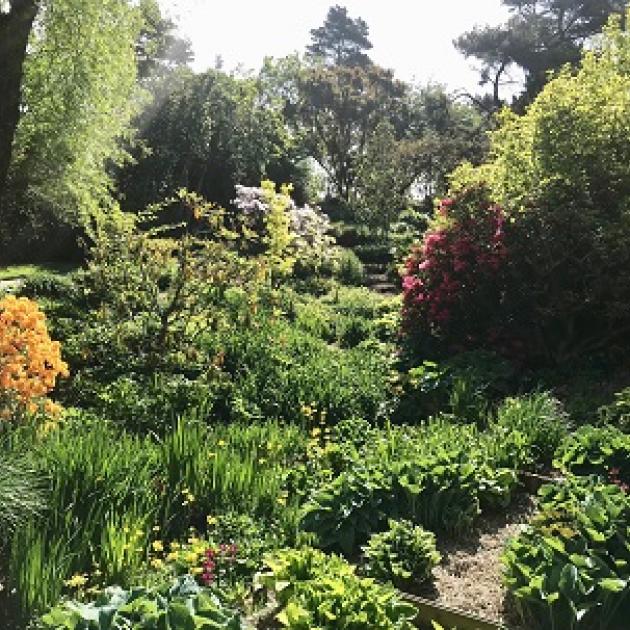
Rhododendrons, survivors of Bannerman plantings, are a spring feature, notably large old Cornubia and Charles Lawson, identified by NZ Rhododendron Society members.
Pristine lawns and crisp edges are part of the formality, reminiscent of the gardens Ron Bannerman saw in England during breaks from flying.
"The garden we have now is as I remember it as a kid," Mr Hinton says.
His grandparents would be proud of him and his wife.



